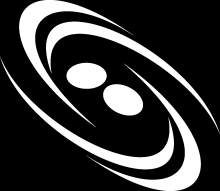
Abstract
Gravitational waves are minute ripples in spacetime, first predicted by Einstein’s general theory of relativity in 1916. Their existence has now been confirmed by the recent successful detections of gravitational waves from the collision and merger of binary black holes (Abbott 2016) and binary neutron stars (Abbott 2017) in data from the LIGO and Virgo gravitational-wave detectors. Gravitational waves from rapidly-rotating neutron stars, whose shape deviates from perfect axisymmetry, are another potential astrophysical source of gravitational waves, but which so far have not been detected. The search for this type of signals, also known as continuous waves, presents a significant data analysis challenge, as their weak signatures are expected to be buried deep within the instrumental noise of the LIGO and Virgo detectors. For reviews of continuous-wave sources, data analysis techniques, and recent searches of LIGO and Virgo data, see for example Prix (2009) and Riles (2017).